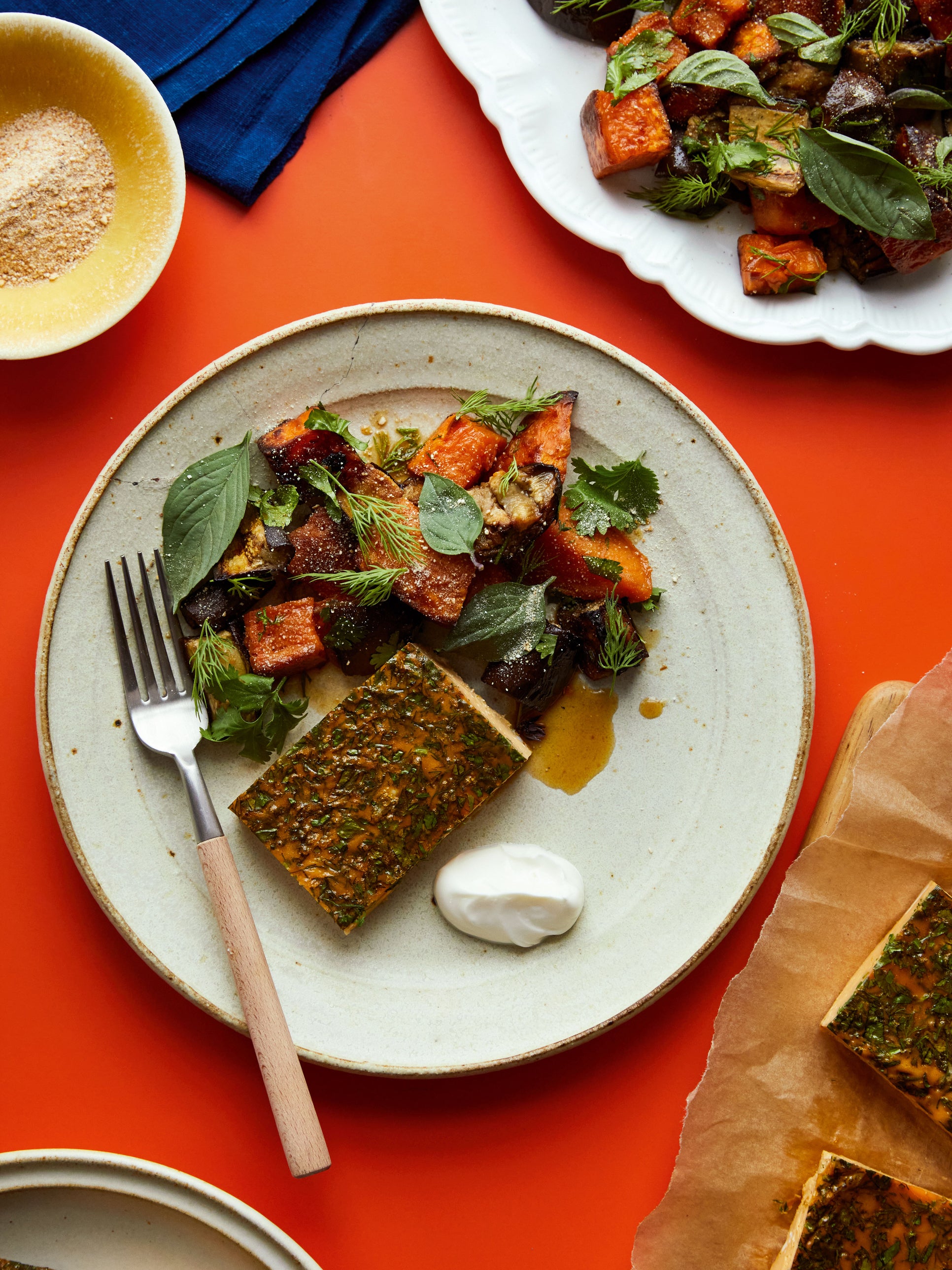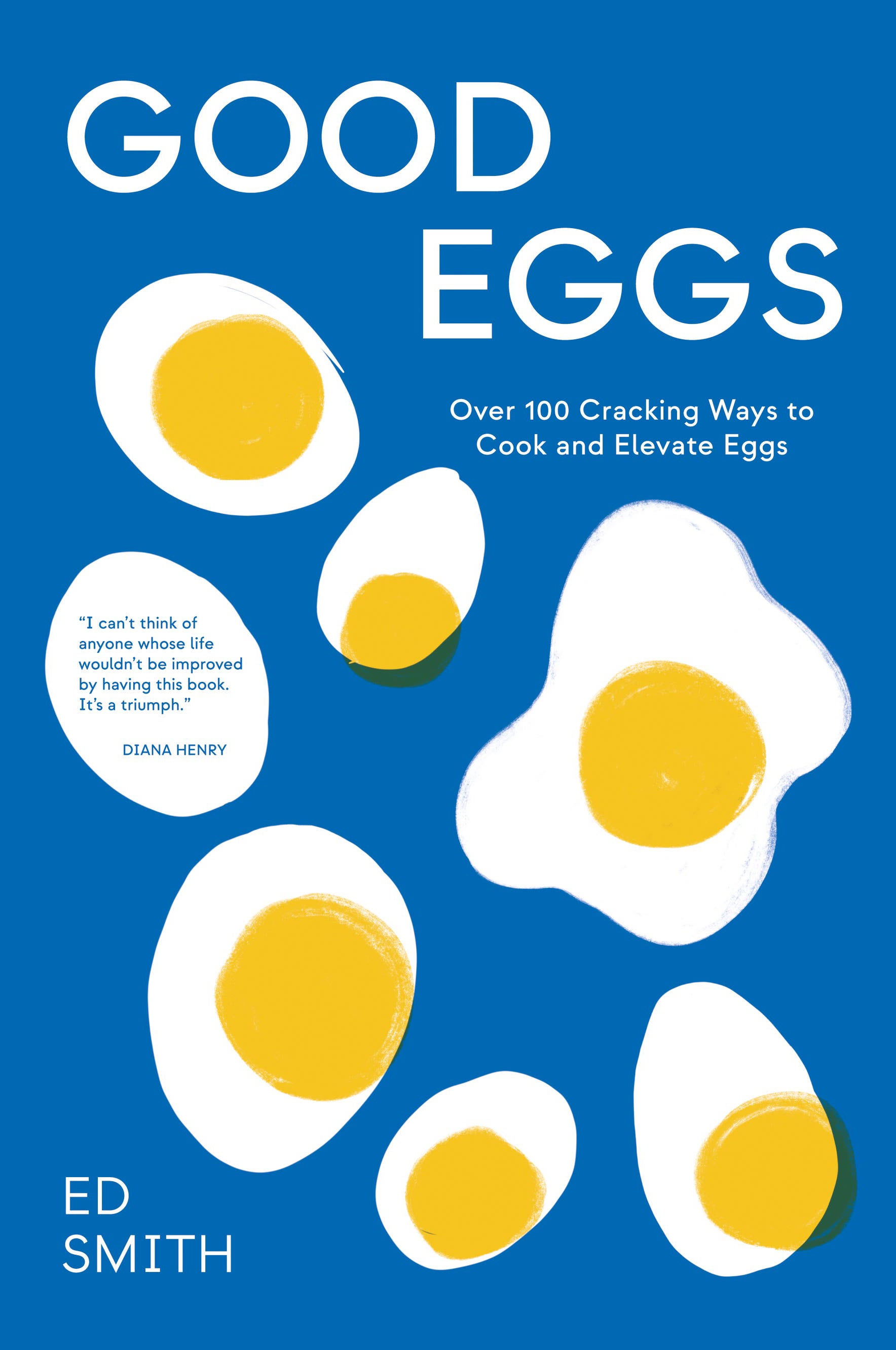From Korean shakshuka to a sausage laab burger: Three egg recipes that go beyond brunch
Whether you’re partial to fried, poached, boiled, baked, scrambled or set, Ed Smith’s new book is the definitive guide to how to get eggs right

Your support helps us to tell the story
From reproductive rights to climate change to Big Tech, The Independent is on the ground when the story is developing. Whether it's investigating the financials of Elon Musk's pro-Trump PAC or producing our latest documentary, 'The A Word', which shines a light on the American women fighting for reproductive rights, we know how important it is to parse out the facts from the messaging.
At such a critical moment in US history, we need reporters on the ground. Your donation allows us to keep sending journalists to speak to both sides of the story.
The Independent is trusted by Americans across the entire political spectrum. And unlike many other quality news outlets, we choose not to lock Americans out of our reporting and analysis with paywalls. We believe quality journalism should be available to everyone, paid for by those who can afford it.
Your support makes all the difference.“Taking much inspiration from a Korean kimchi jjigae (stew), these eggs are packed with flavour and are extremely convenient,” says cook Ed Smith.
“Sliced tteok (thin, pleasingly chewy and bouncy discs made of rice flour) are available online if not near you, and provide heft and texture to the dish. You could alternatively (or additionally) serve these eggs with plain rice, or scoop it up with any fresh, bouncy or pliable bread.”
Kimchi and gochujang skillet eggs

Serves: 1
Ingredients:
Oil, for frying
50-60g bacon lardons (optional)
1 spring onion, sliced finely on a diagonal, whites and greens kept separate
100g kimchi, larger bits roughly chopped
2-3 tbsp kimchi brine
1 tbsp gochujang
60g sliced fresh tteok (Korean rice cakes)
2 medium eggs
⅓ tsp gochugaru pepper flakes (or another chilli flake)
½ tsp toasted sesame seeds
Method:
1. Pour a hint of oil into a 20-22 centimetre frying pan set over a medium-high heat. Before the pan is hot, add the lardons, if using, and let these render and fry for five minutes until they begin to colour and crisp.
2. Add the white parts of the spring onion, cook for one minute more, stirring, then add the kimchi, kimchi brine, gochujang and 100 millilitres water.
3. Simmer for five minutes until the liquid in the pan is around one centimetre deep.
4. Scatter in the rice cakes, then make wells in the mixture between mounds of kimchi and crack the eggs into them. Reduce the heat a little, cover and gently simmer for two and a half to three minutes until the whites are set. Remove from the heat. If the whites aren’t firm by this point, keep the pan off the hob, but return the lid and check again after 30-60 seconds.
5. Scatter over the gochugaru flakes, sesame seeds and the spring onion greens. I like to eat this with a spoon, straight from the pan.
Sausage laab and fried egg bun

Laab is a “salad” made from minced or finely chopped meat or fish. Styles vary, but typically the protein (cooked or raw), is seasoned with aromatics such as lemongrass, galangal, lime, fish sauce, chilli and fresh herbs, and topped with toasted rice powder.
“It’s the national dish of Laos, prominent in northern Thailand too, and personally, if I see one on a menu, I can’t resist it,” says Smith.
“Also, while not in any way traditional, it makes total sense (to me, at least) to turn the meat inside sausages into a laab, put that in a soft bun, and add a crisp fried egg for good measure.”
Serves: 2
Ingredients:
200–220g plain pork sausages
Neutral cooking oil, for frying
2 cloves garlic, minced
20g ginger, peeled and finely grated
1 stick of lemongrass, finely sliced
2 makrut lime leaves, finely sliced
3 bird’s eye chillies, finely sliced
1 tsp caster sugar
½ tsp Kashmiri chilli powder
½ tsp Chinese five spice
Juice of ½ lime
2 tbsp fish sauce
A handful of Thai basil leaves (or fresh mint)
2 eggs
2 soft brioche burger buns, halved and lightly toasted
Pinch of rice powder
Method:
1. Toast the rice powder: Toast a pinch of rice in a small, dry pan for two to three minutes until tinged bronze. Grind to a fine grit using a pestle and mortar.
2. Score the sausages with the tip of a sharp knife. Remove the meat and discard the skins, then ball the meat into a flat patty.
3. Heat the oil in a wok set over a high heat. Add the sausage meat and squash it down using the back of a spatula. Let this fry for around 45 seconds, so that it begins to colour. Then start to break up the patty, again using a spatula to squash and chop away at it. Keep going until the meat is in a fine, minced meat-like consistency.
4. Add the garlic, ginger, lemongrass, lime leaves and three quarters of the fresh chilli. Cook the aromatics for 45-60 seconds, continually stirring and shaking the wok.
5. Then add the sugar and spices and cook for another 45-60 seconds, stirring frequently and adding a tablespoon of water if the meat is sticking.
6. Squeeze in the lime juice, add the fish sauce and Thai basil, then immediately remove from the heat. Stir and set aside, allowing the basil to wilt a little while you fry two eggs in neutral oil and toast the buns.
7. To assemble, spoon the fragrant pork over the base of each bun. Sprinkle generously with rice powder, then place an egg on top before closing the bun and tucking in.
Also consider: Using minced beef (a burger mix works well) or chopped chicken livers, instead of the sausage meat. Eating the laab and fried egg with rice or flatbreads, instead of the burger bun.
Tray-baked coconut omelette with fragrant salad

Both the omelette and the side salad are fragrant, aromatic and invigorating, according to Smith.
“If you prefer, the vegetables could be roasted and dressed in advance and served somewhere between fridge and room temperature (don’t add the herbs until the last minute, though).”
Serves: 6-8
Ingredients:
3 medium aubergines (about 750g), cut into 2-3cm chunks
3 medium sweet potatoes (about 800g), cut into 3cm chunks
4 tbsp olive oil
25g coriander, leaves picked
20g dill, picked
12 large eggs
½ tsp ground turmeric
½ tsp flaky sea salt
1 tsp finely grated fresh ginger (about 15g)
200ml coconut milk (70-80% coconut solids)
1 tbsp short-grain rice
1 tbsp caster sugar
2 tbsp fish sauce
Juice of 1 lime
25g Thai basil, leaves picked
Coconut or Greek-style yoghurt, to serve
Method:

1. Heat the oven to 220C/200C fan/425F. Spread the aubergines and sweet potatoes over a baking sheet or roasting tin in which they easily fit in one layer. Drizzle with the olive oil, then shake the tin and roll the vegetables so they’re glossy.
2. Roast on the top shelf of the oven for 50 minutes until both are soft and slightly charred, shuffling the tin once or twice during that time.
3. Once the vegetables are in, very, very finely chop two-thirds of the coriander leaves and one-third of the stems, plus two-thirds of the dill. Break the eggs into a mixing bowl, add the turmeric, salt and ginger, then pop the yolks and use a whisk to thoroughly beat them together. Add the coconut milk and chopped herbs and stems, and whisk again until fully combined.
4. Line a low-sided 20 x 26 centimetre baking tray with greaseproof paper and pour in the egg mixture to a depth of one to two centimetres. Slide onto a shelf underneath the roasting vegetables and cook for around 20 minutes until the middle is set. Remove and set to one side to cool for five minutes or so.
4. Meanwhile, toast the rice in a dry pan until lightly coloured, then pound to a coarse powder using a pestle and mortar. Separately, in a large mixing bowl thoroughly combine the sugar, fish sauce, lime juice and one tablespoon of water.
5. Once cooked, tip the roasted vegetables into the bowl. Toss and let the dressing soak in for five minutes before adding the remaining herbs. Transfer to a serving platter and sprinkle generously with rice powder.
6. Portion the omelette and serve with a pile of the fragrant salad, and big dollops of yoghurt.
Also consider: Serving with flaky, stretchy paratha or roti.
‘Good Eggs’ by Ed Smith (Quadrille, £22).
Join our commenting forum
Join thought-provoking conversations, follow other Independent readers and see their replies
Comments